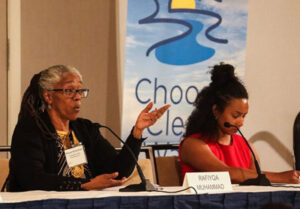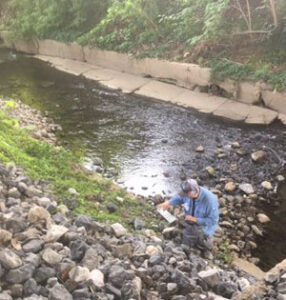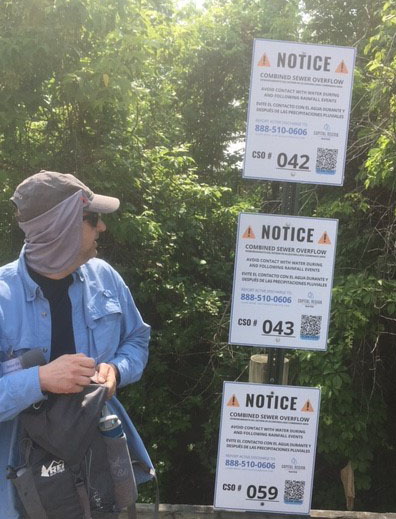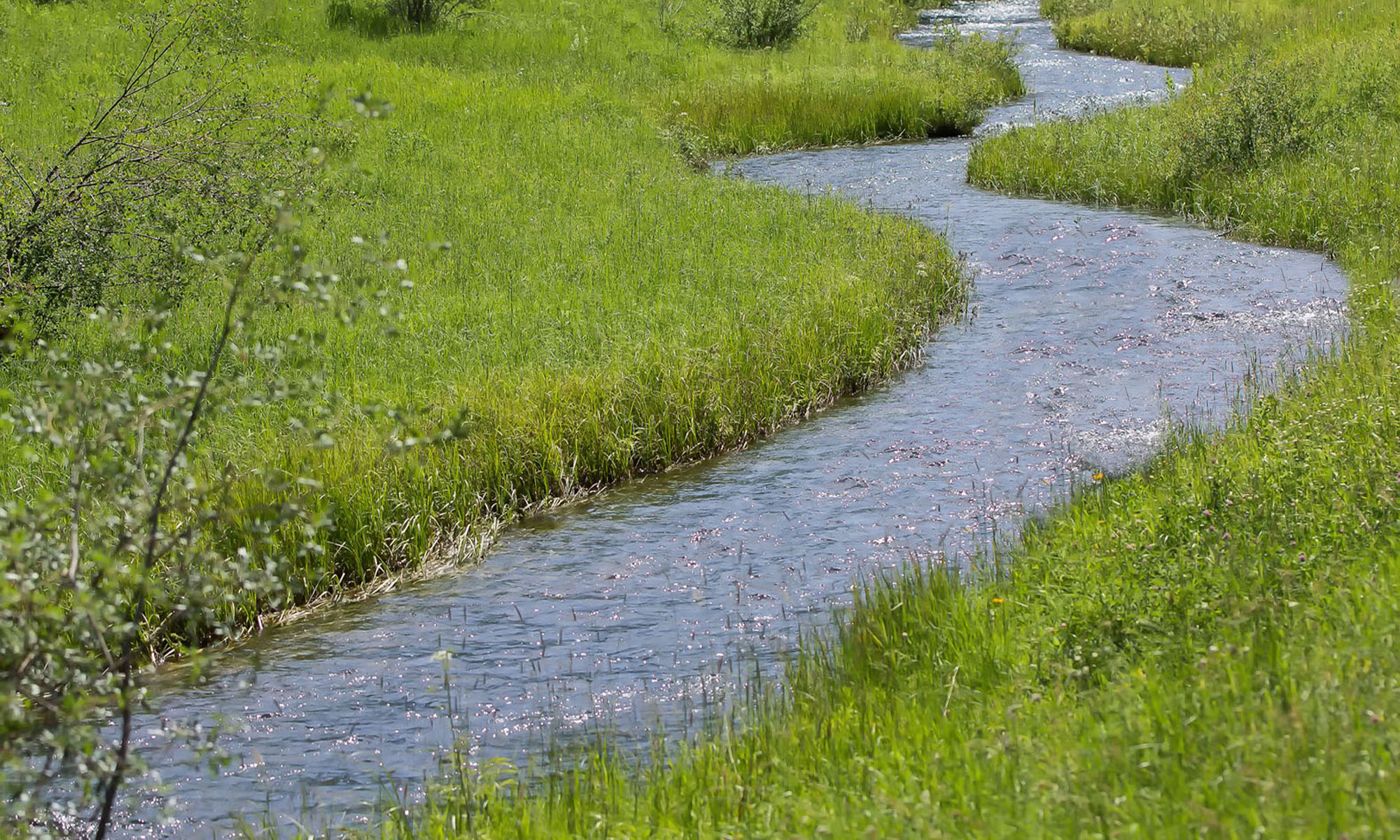
I had the much-appreciated opportunity to represent PCWEA at the Chose Clean Water Conference. The theme for this year’s conference was “A Keystone Moment: Our Collective Future”. My “Keystone Moment” and the most important take away from the conference didn’t come from the panel discussions, presentations, or workshops. It was set into motion even prior to the first presentation when I made the deliberate decision to sit next to someone that I did not know and did not look like me. I introduced myself to the woman sitting beside me and said that I was from Harrisburg. She replied that her name was Rafiyqa Muhammad and immediately questioned me; “Do you live IN the City of Harrisburg or OUTSIDE the City?” I replied “Linglestown area” to which she emphatically replied; “That’s NOT Harrisburg. NOT the same place, NOT the same problems.” I thought to myself – I’ve had a Harrisburg address all my life but she’s right, I’m NOT from Harrisburg, they are NOT the same place, and I don’t have firsthand knowledge of the problems because I live ten miles away in suburbia.
Something stored way back in my conservation landscaping memory says I’ve seen Rafiyqa before. On a whim I Google “Harrisburg Urban Gardening” and there’s the connection. Rafiyqa is the founder of the Harrisburg Urban Agriculture Garden behind the Camp Curtin YMCA, a lifelong resident of the City, an environmental justice advisor to PA DEP and Capital Region Water (CRW), and a booming voice for urban communities.
When the first presentation was over, she continued to tell the group at our table about how the City didn’t always look the way it does now, and that her mission is to stop the illegal dumping of garbage and waste and to teach urban communities how to grow their own food using permaculture and other sustainable, self-sufficient practices. Her message didn’t stop there. She says there’s a severe disconnect between the residents and the elected officials and City department heads. People in urban communities are reluctant and often unable to go to the City offices to talk to these people face to face and that’s how you get their attention, and in turn, hold them accountable. YOU NEED TO GO TO THE NEIGHBORHOODS to see the problems with their roads, their sewer overflows, their sinkholes, their illegal dumping. Rafiyqa says the same can be said for educating urban communities. YOU NEED TO GO TO THE NEIGHBORHOODS with the educational information. If you can do that, you will be surprised at how well the information is received and appreciated.
Ok here’s where everything Rafiyqa said comes full circle and gets hammered home as my “Keystone Moment”.

The following day, I participated in the walking tour field trip “Harrisburg: One City, Two Very Different Streams” lead by Brian Gish of the Chesapeake Bay Foundation. The Paxton Creek and Spring Creek both flow through the City of Harrisburg. Despite their adjacency and urbanization (73 percent and 86 percent developed land, respectively), these streams tell two very different stories. Paxton Creek has been subjected to extreme hydromodification, minimal buffering, vast impervious landcover, and for all intents and purposes, is dead. Conversely, Spring Creek, flanked by buffers, restoration projects and the regional greenbelt, is thriving, even boasting a vibrant population of wild trout.

As we began our march from the Harrisburg Hilton down Mulberry Street to the Paxton Creek, I realized that I’ve walked some of the best cities of the world, but I never actually walked the streets of Harrisburg, the place where I inaccurately said I was from. During the walk, Brian stopped to perform some water quality field tests along the Paxton Creek behind an auto repair shop along Cameron Street. The group was gathered around the creek and three of CRW’s combined sewer overflow signs adjacent to the business’s dumpster. As the group watched Brian turn over rocks looking for aquatic life, a worker from the business approached the group with a large box on a dolly. After about 15 minutes of discussing the lack of aquatic insects, evidence of sewage discharge to the creek, and the combined sewer overflow signs, the group apologized to the worker for blocking the dumpster. The worker replied; “You weren’t blocking the dumpster. I was listening to what you were all saying because no one ever explained the creek and those signs to me before. Now I know what they are for. Thank you.” The lightbulb went on and I immediately realized what Rafiyqa said was true. You need to get out of the office and get into the community to speak with and educate the people that live and work there.
As a board member of the Paxton Creek Watershed and Education Association, I felt it important to share this story and remind everyone that Paxton Creek is equally a part of Harrisburg City as it is the surrounding suburban communities. Let’s not forget about trying to include Harrisburg City in our educational and membership outreach efforts and recognize that what works in suburbia may not be effective in the City.

I encourage you to visit the Camp Curtin YMCA where you can see green infrastructure installed as part of CRW’s “Big Green Block” stormwater improvement project and the Harrisburg Urban Agriculture Garden to the rear of the YMCA.
